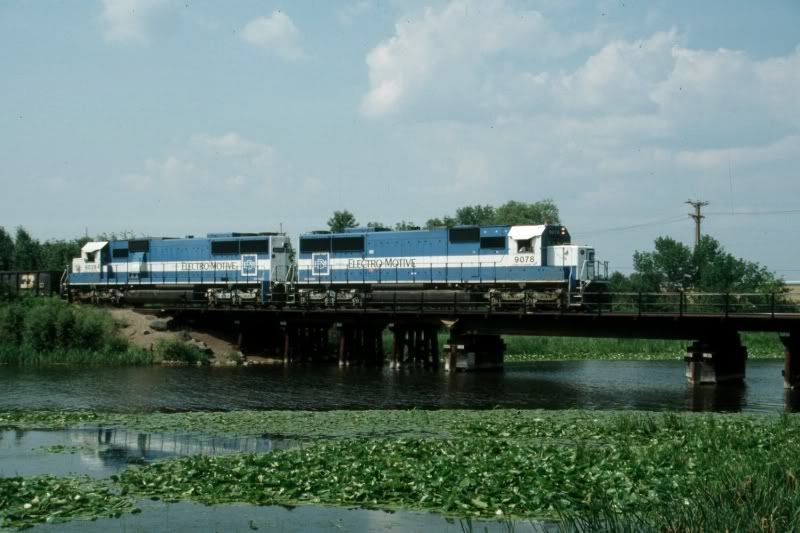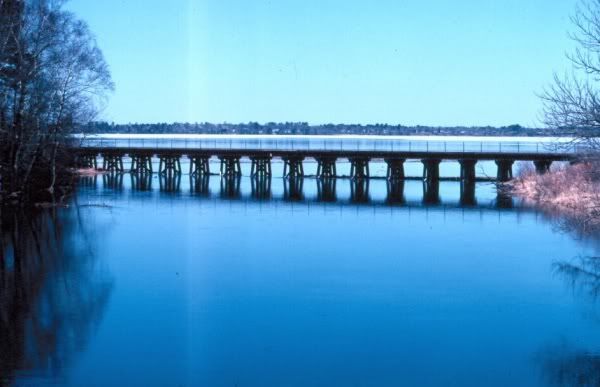This Trackside Guide covers the 56 railroad crossings of the Mississippi River,
both currently in use or abandoned. Each entry has a brief history followed by links
to photographs and further information. Suggestions and corrections are welcome.
The Mississippi River starts at Lake Itasca in Northern Minnesota. From there it
runs north and then east before turning south and draining into the Gulf of Mexico.
I have numbered the bridges from 1 to 56 following the river, and these numbers conflict with official bridge numbers. The current length of the Mississippi is 2,340
miles. Back in 1940 it was 2,555 miles, as navigation projects have been
straightening the river’s course. I am not aware of any rail connection running east
and west which did not cross the river or the Canadian border.
Passenger service-
Amtrak currently uses eight of these bridges. The Ann Rutledge,







